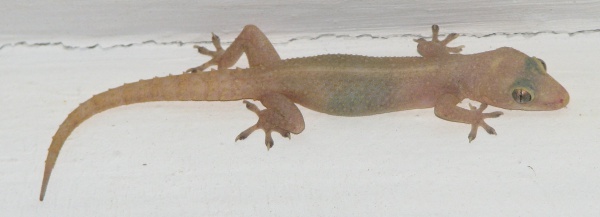Facts About Common house gecko
The common house gecko, also known as the Pacific or Asian house gecko, originates from Southeast Asia. These small creatures are nocturnal and primarily feed on insects. They are frequently found in urban areas, especially near lights where insects gather. Their diet mainly consists of invertebrates such as cockroaches, termites, and spiders.
These geckos have spread extensively across tropical and subtropical regions worldwide, often traveling via shipping routes. Unfortunately, they can outcompete native gecko species, exerting pressure on local populations. Their success as an invasive species is attributed to their territorial behavior, occasional cannibalism, and ability to thrive in urban environments.
Physiologically, common house geckos are ectothermic, meaning they rely on external sources to regulate their body temperature. In terms of reproduction, they lay hard-shelled eggs and possess the capability to store sperm for extended periods. Interestingly, variations in their chromosomes suggest possible differences within the species or even distinct species altogether.
Geckos hold various cultural significances, being regarded as either lucky or unlucky depending on the region. In captivity, they are popular pets and, in some cases, serve as food for certain snakes.
